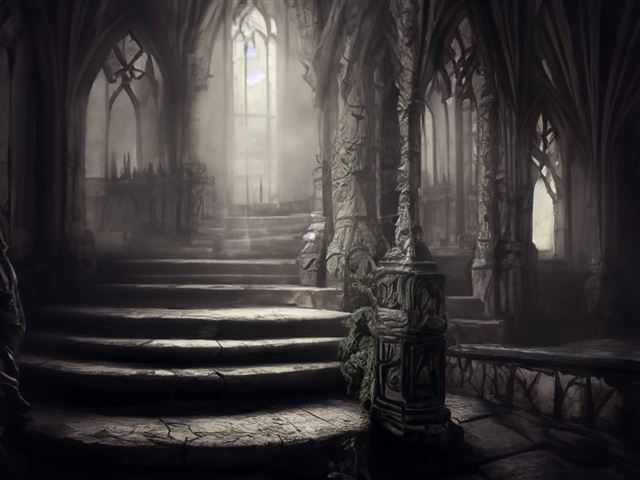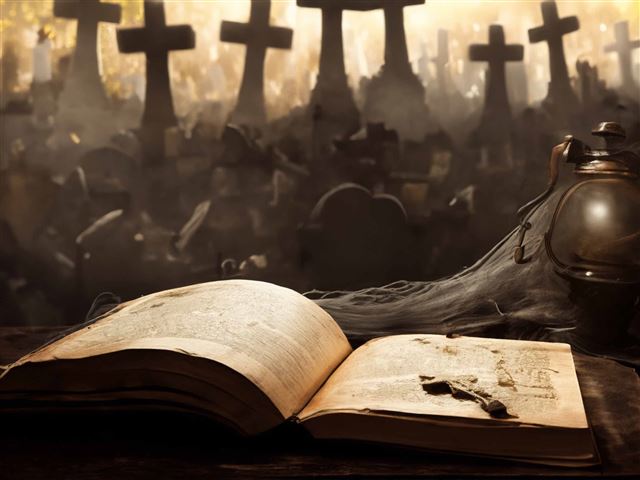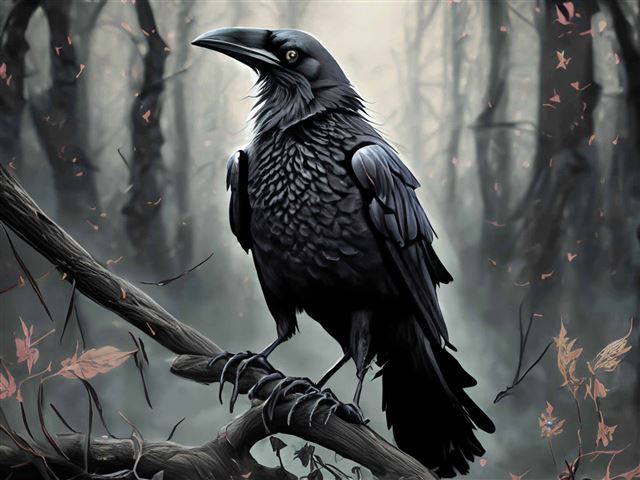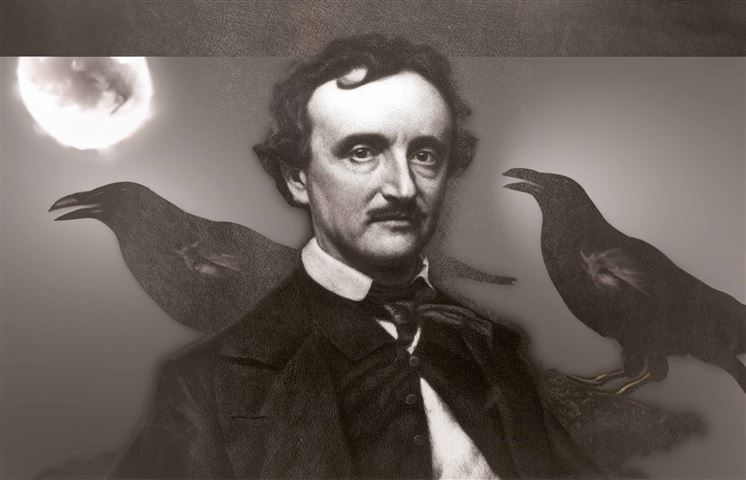Edgar Allan Poe is known as one of the greatest writers of dark and gothic literature, and his poem "The Raven" is considered one of his most famous works. But what is it about this poem that continues to captivate readers today, over 175 years after its initial publication?
In this article, we'll explore the enduring appeal of "The Raven" and why it remains a beloved piece of literature.
The Haunting Atmosphere of Gothic Poetry

"The Raven" is a prime example of gothic poetry, a genre that emerged in the late 18th century and is characterized by its dark, eerie, and often supernatural themes. Gothic literature often features elements such as death, decay, and the supernatural, creating a sense of unease and terror in the reader.
Poe was a master of this genre, and "The Raven" is a perfect example of his ability to create a haunting atmosphere through his use of language and imagery. From the very first line, "Once upon a midnight dreary," the reader is transported into a world of darkness and despair.
The poem's setting, a "bleak December" night, adds to the eerie atmosphere, and the constant tapping of the raven at the narrator's chamber door creates a sense of foreboding and dread. This gothic atmosphere is a major factor in the enduring appeal of "The Raven."
The Universal Themes of Loss and Grief
At its core, "The Raven" is a poem about loss and grief. The narrator is mourning the loss of his beloved Lenore, and the raven serves as a constant reminder of his grief and the emptiness he feels without her.
This theme of loss and grief is universal and resonates with readers of all ages and backgrounds. We have all experienced loss in some form, whether it be the death of a loved one, the end of a relationship, or the loss of a dream. Poe's exploration of these emotions in "The Raven" is what makes it relatable and timeless.

The Use of Repetition and Rhythm
One of the most striking features of "The Raven" is its use of repetition and rhythm. The repeated refrain of "nevermore" creates a sense of unease and builds tension throughout the poem. This repetition also serves to emphasize the narrator's descent into madness as he becomes more and more obsessed with the raven's ominous message.
The poem's rhythm, with its trochaic octameter and internal rhymes, adds to its musicality and makes it a pleasure to read aloud. This musical quality is another reason why "The Raven" continues to be a favorite among readers and is often recited at poetry readings and events.
The Mystery of the Raven's Message

One of the most intriguing aspects of "The Raven" is the mystery surrounding the raven's message of "nevermore." The narrator is desperate for answers and asks the raven a series of questions, but the bird's only response is "nevermore."
This ambiguity leaves the reader to interpret the meaning of the raven's message. Is it a warning? A reminder of the narrator's grief? Or is it simply a figment of the narrator's imagination? This open-endedness allows readers to come up with their own interpretations and adds to the poem's enduring appeal.
The Influence of "The Raven" on Popular Culture
"The Raven" has had a significant impact on popular culture, with references and allusions to the poem appearing in various forms of media. From movies and TV shows to music and literature, "The Raven" has become a cultural touchstone.
One of the most famous examples is the 1963 film "The Raven," starring Vincent Price, Peter Lorre, and Boris Karloff. The film is loosely based on Poe's poem and features a raven that can speak and is controlled by a sorcerer. This film, along with many others, has helped to keep "The Raven" in the public consciousness.
The Timelessness of Poe's Writing
Edgar Allan Poe's writing has stood the test of time, and "The Raven" is no exception. Despite being written in 1845, the poem's themes and language are still relevant and relatable today.
Poe's exploration of grief, loss, and madness is timeless, and his use of language and imagery continues to captivate readers. His influence can be seen in the works of many modern writers, and his legacy lives on through his enduring works.
The Role of "The Raven" in Poe's Career
"The Raven" was a turning point in Poe's career. Before its publication, Poe was known primarily as a critic and editor, but "The Raven" brought him widespread fame and recognition as a poet.

The poem was an instant success, and it was reprinted in numerous newspapers and magazines, making Poe a household name. This success also allowed Poe to focus more on his writing and less on his editorial work, giving him the freedom to create more works of literature that would cement his place in literary history.
The Legacy of "The Raven"
"The Raven" has left a lasting legacy on the world of literature and continues to be studied and analyzed by scholars and readers alike. Its influence can be seen in the works of other writers, and its popularity shows no signs of waning.
Poe's poem has also inspired countless adaptations, from stage plays and musicals to graphic novels and video games. This widespread influence is a testament to the enduring appeal of "The Raven" and its place in literary history.
Conclusion

"The Raven" by Edgar Allan Poe is a timeless piece of literature that continues to captivate readers today. Its haunting atmosphere, universal themes, and musicality make it a favorite among readers of all ages and backgrounds.
Poe's legacy lives on through this enduring work, and its influence can be seen in popular culture and the works of other writers. "The Raven" is a testament to the power of language and the enduring appeal of great literature.